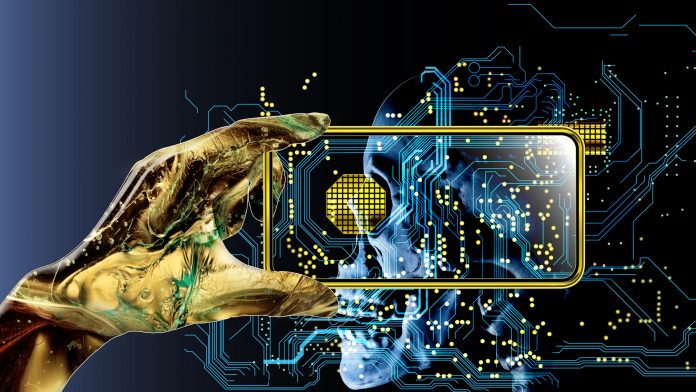
Have researchers uncovered the “Google Maps” equivalent for cancer? Find out how an image-based computer model reveals the finer details of tumour blood flow.
Johns Hopkins Medicine researchers have developed something similar to a “Google Maps” approach for more accurately computing and visualising the structural and functional blood vessel changes needed for tumour growth. By pairing high-quality 3D imaging data of tumour specimens from animal models with sophisticated mathematical formulas, the researchers say they now have a model that accurately represents tumour blood flow traffic, including the complex blood flow, oxygenation and structural changes that occur.
The tumour blood flow phenomena
Published in Nature Scientific Reports, Arvind Pathak, Ph.D., the study’s leader, says the project was developed out of the need to address the complexities of cancer biology in growing and developing tumours. He saw the need for better predictive models, as many existing models employed rudimentary approximations of the complex geometry of a tumour’s blood vessels.
“Poor representations of the tumour ‘microenvironment’ make models and the research based on them less accurate. So I thought, how I can use my imaging expertise to improve the information available to modellers?” says Pathak.
To create a model that more precisely reflected the structure and behaviour of tumours, his research team implanted mice with human breast tumour cells and imaged the resulting tumours using 3D magnetic resonance microscopy and micro-CT imaging.
These high-resolution 3D images provided detailed information about a tumours volume and the structure of its blood vessel networks.
Mapping a tumour
With the underlying blood vessel structure mapped, Pathak and his research team scoured the scientific literature to find information on how these structures would likely behave in a living system. Specifically, they searched for studies that included measurements of blood pressure, blood flow and volume in vessels similar to those seen in their tumours.
Using this information, the scientists developed a set of mathematical formulas designed to represent these aspects of tumours. They did this by combining data from previously published studies with the information they collected.
“The image-based model comprises thousands of data points about the predicted blood flow and intravascular oxygenation throughout tumours,” Pathak says.
The next challenge was to make the collected information easy to see and understand, in much the way that web-based geographical maps can be easily seen and overlaid with different kinds of useful information such as travel time, traffic activity, detours and average speed.
The map of tumour blood flow
The result was a 3D representation of the blood vessel network of each tumour with a colour-coded map of the traffic-like movements of blood through the vessels that feed it. “It looked an awful lot like Google Maps,” says Pathak, “The blood vessel segments are the streets and the blood flow in each segment is analogous to the traffic along each street.”
According to Pathak, the model gives researchers a more accurate depiction of what is happening within a tumour at any given time.
Nevertheless, the investigators caution that the approach is not directly applicable to human tumours yet.
“As our ability to obtain high-resolution images in the clinic improves, we hope that this tool can be adapted to provide a non-invasive way to predict the behaviour of an individual patient’s cancer and customise their therapy.” Concludes Pathak.
























